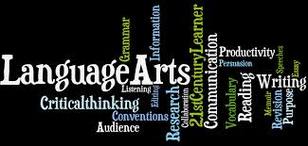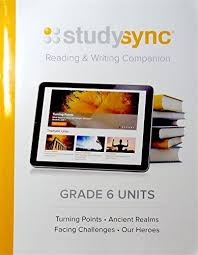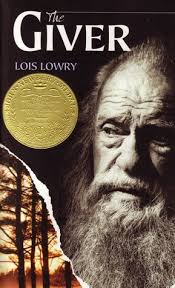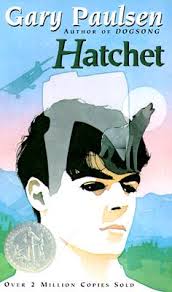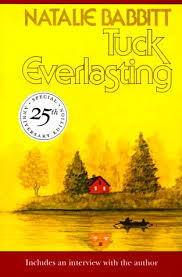6th Grade Language Arts / Course DescriptionThe major purpose of this course is to develop student focus and active engagement with text. Students are required to analyze, identify, define, explain, and critique with an increased emphasis on advanced forms of evaluation in expository critique and literary criticism and advanced presentations on problems and solutions. The California Reading/Language Arts Framework (referred to as the Framework) require that by the end of middle school, students will have read one million words annually on their own, including a good representation of narrative (classic and contemporary literature) and expository literature (magazines, newspapers, online articles). The Framework highlights that sixth grade students are expected to write narrative, argumentative, and descriptive texts (responses to literature and research reports) of at least 500 to 700 words in each genre and continue to demonstrate a command of standard English.
The curriculum is organized into four instructional components: Narrative, Exposition, Response to Literature/Text, and Argumentative, to address the instructional needs of students in establishing proficiency in the California English- Language Arts Standards. During the narrative component, students will study narration as one of the four traditional forms of composition in speech and writing, identify its purpose to tell a story or give an account of something dealing with sequences of events and experiences, and analyze features of fictional and nonfictional narrative texts such as theme and characterization. During the exposition component in which they learn that the primary purposes of expository text are to explain, give information, or clarify an idea, students are required by the Framework to identify the structural features of popular media and use those features to obtain information, and to analyze instructional materials that use a compare-and-contrast organizational pattern. In addition, they learn how to write expository compositions that involve the use of textual evidence, explanation, and interpretation. During the response to literature/text component, students will read and think about a wide variety of literary selections and analyze the writing of extended responses to literature. During the argumentative component, students will develop skills used to determine the adequacy and appropriateness of evidence presented in an author’s proposition and be able to identify instances of unsupported inferences, fallacious reasoning, and propaganda in order to develop arguments of their own.
|
